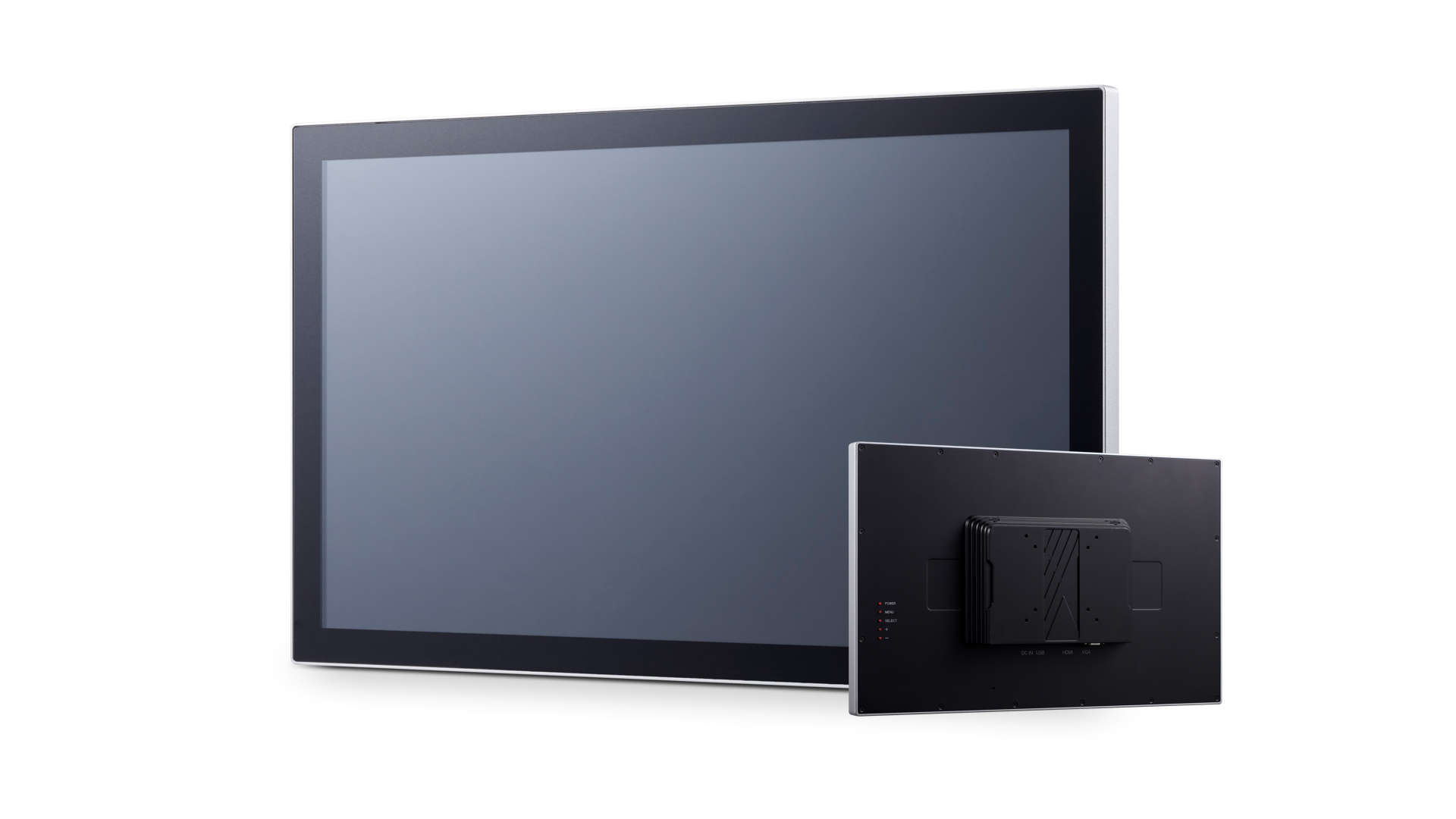LCD screens are an integral part of our daily lives, powering everything from smartphones and tablets to televisions and computer monitors. Understanding the technology behind these screens can help consumers make informed choices when selecting their next device. This article delves into the fascinating world of LCD screen, exploring their technology, applications, and advantages.
For high-quality LCD screens, visit Stoneitech at www.stoneitech.com.
What is an LCD Screen?
Definition and Functionality
LCD stands for Liquid Crystal Display, a technology that uses liquid crystals to produce images. Unlike traditional cathode-ray tube (CRT) displays, LCD screens are much thinner and lighter, making them ideal for portable and compact devices.
How It Works
The basic operation of an LCD screen involves several components:
- Backlight: Most LCD screens use a backlight (often LED) to illuminate the display. This light passes through the liquid crystal layer, allowing images to be formed.
- Liquid Crystals: These are special materials that can change their alignment when an electric current is applied. This property enables them to control the amount of light that passes through, producing images on the screen.
- Color Filters: To create a full-color image, each pixel is divided into three sub-pixels—red, green, and blue. The intensity of each color is adjusted to produce various colors on the screen.
Advantages of LCD Screens
Energy Efficiency
One of the standout features of LCD screens is their energy efficiency. Compared to older display technologies, such as CRTs, LCDs consume significantly less power. This makes them an excellent choice for battery-powered devices like laptops and smartphones, extending their usage time between charges.
Slim and Lightweight Design
LCD technology allows for ultra-thin designs, enabling manufacturers to create sleek devices without compromising on screen size. This design advantage has revolutionized the market for portable electronics, making it possible to carry larger displays without added weight.
Superior Image Quality
Modern LCD screens offer impressive image quality, with high resolutions that can deliver sharp and vibrant visuals. Technologies like In-Plane Switching (IPS) and Vertical Alignment (VA) have further improved color accuracy and viewing angles, making LCDs suitable for various applications, from gaming to professional design work.
Applications of LCD Screens
Consumer Electronics
LCD screens are widely used in consumer electronics, including:
- Smartphones and Tablets: The majority of mobile devices utilize LCD technology for their displays, offering bright colors and sharp text.
- Televisions: LCD TVs have become a standard in households, providing high-definition content for entertainment.
- Monitors: Computer monitors, both for work and gaming, frequently employ LCD technology for clear visuals and fast response times.
Industrial and Medical Equipment
Beyond consumer electronics, LCD screens also play a crucial role in industrial and medical settings:
- Control Panels: Many industrial machines feature LCD displays for monitoring and controlling operations, offering durability and reliability.
- Medical Devices: In healthcare, LCD screens are essential for devices such as ultrasound machines and patient monitors, where clarity and precision are vital.
The Future of LCD Technology
Ongoing Innovations
As technology continues to evolve, so does the potential for LCD screens. Manufacturers are exploring new techniques to enhance display performance, such as improving refresh rates and color reproduction. Emerging technologies, like flexible LCD displays, promise to reshape the market by introducing new form factors.
Competing Technologies
While LCD technology remains dominant, other display technologies like OLED (Organic Light Emitting Diode) are gaining traction. OLED screens offer superior contrast ratios and faster response times, leading some consumers to prefer them for specific applications. However, LCD technology is likely to continue evolving, ensuring its relevance in the market.
Conclusion
LCD screens are a fundamental technology that powers many of our favorite devices. Their energy efficiency, slim design, and excellent image quality make them a popular choice across various applications. As advancements continue to shape the landscape of display technology, LCD screens will undoubtedly remain a vital part of our digital lives.
For premium LCD screens and innovative display solutions, check out Stoneitech at www.stoneitech.com.

